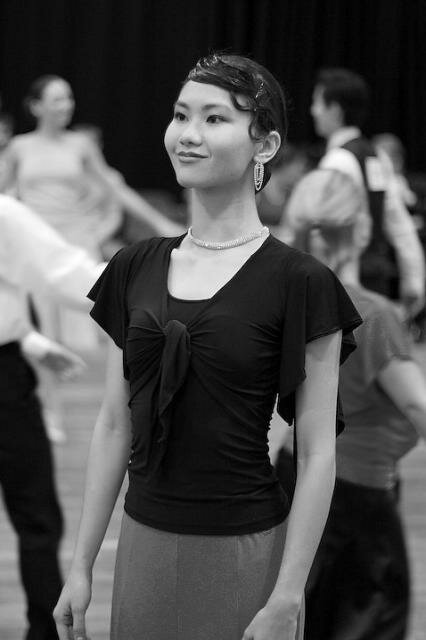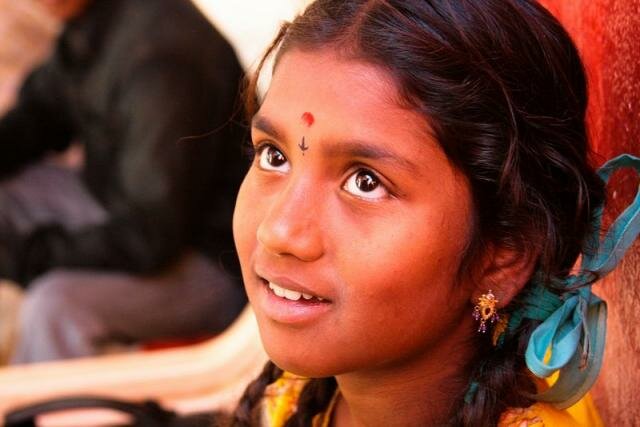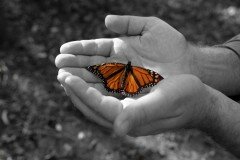BROWSE COUNTRIES/ TERRITORIES
Ancient Asian surgeons
Modern medicine and dentistry owe a lot to ancient Asian practitioners.
While it is widely held that surgery only developed as a formal science in modern-day Europe, some of the most exciting surgical advances were actually made by ancient physicians in Asia.
In 2001, archaeologists studying the remains of two bodies from Mehrgarh, in what is now modern-day Pakistan, discovered that the people of the Indus Valley Civilisation (c.3300 BC) may have had some knowledge of medicine and dentistry. As the science journal Nature reported in April 2006, later research in the same area found evidence of human teeth being drilled in vivo (i.e. in a living person) some 7,500 to 9,000 years ago.
One of the most eminent surgeons in ancient India was the physician Susrutha (c.600 BC), who taught and practised surgery on the banks of the Ganges in northern India. Much of what is known about Susrutha today is contained in what is possibly the world’s oldest known surgical text, the “Susrutha Samhita”. Susrutha’s text describes in exquisite detail the examination, diagnosis and treatment of numerous ailments, the use of some 120 surgical instruments (such as forceps), and over 300 surgical procedures such as plastic surgery, cosmetic surgery and rhinoplasty. The Samhita also contains the first known descriptions of several operations, such as the removal of the prostate gland, the removal of cataracts, and the draining of abscesses.
While Susrutha may have been the Father of plastic and cosmetic surgery, he was also the first physician to advocate the honing of surgical techniques on inanimate objects such as vegetables, dead animals and wood, thus predating the modern practice of the surgical workshop by almost 500 years.
In China, the Han physician Hua Tuo (c.110 AD) may have been the first person to perform surgery with the aid of anaesthesia (he used a general anaesthetic combining wine and herbs), some 1,600 years before the practice was adopted by Europeans. Hua Tuo was also known for his use of acupuncture and herbs in healing, as well as his ability to rid people of ingested parasites and diagnose miscarriages by examining a woman’s pulse.
The work of these ancient Asian surgeons continues to have an impact in the present day. Susrutha’s technique of forehead flap rhinoplasty (the surgical procedure of repairing a disfigured nose with a flap of skin from the forehead) has essentially remained unchanged even in modern-day surgery. In China, some of Hua Tuo’s qi gong exercises are still employed by tai chi practitioners, and his name and image continues to adorn various medical products such as acupuncture needles and medicated plasters.
- TRENDS
- PATTERNS
- China
- India
- Pakistan
- North Asia
- South Asia
- Asian Dynasties and History
- Health and Body
- Hua Tuo
- Susrutha Samhita
-

- Login or register to post comments
 PRINT
PRINT- EMAIL THIS STORY
Login or Register
 Felicia Yap is a Junior Research Fellow in History at the University of Cambridge, and has written widely for publications like The Economist. She has a half blue in competitive ballroom dancing, and hopes to get another half blue in competitive blind wine-tasting, so that she can qualify for a full blue in debauchery.
Felicia Yap is a Junior Research Fellow in History at the University of Cambridge, and has written widely for publications like The Economist. She has a half blue in competitive ballroom dancing, and hopes to get another half blue in competitive blind wine-tasting, so that she can qualify for a full blue in debauchery.
- Asian Dynasties and History
- Conservation of the Environment
- Definition: Culture
- Economy and Economics
- Food and Recipe
- Geopolitics and Strategic Relations
- Health and Body
- Of Government and Politics
- Religion and Practices
- Social Injustices and Poverty Report
- Society, Class and Division
- Unrest, Conflicts and Wars














 Another Point
Another Point An imaginary factual blog of General David Petraeus, Commander, United States Central Command
An imaginary factual blog of General David Petraeus, Commander, United States Central Command